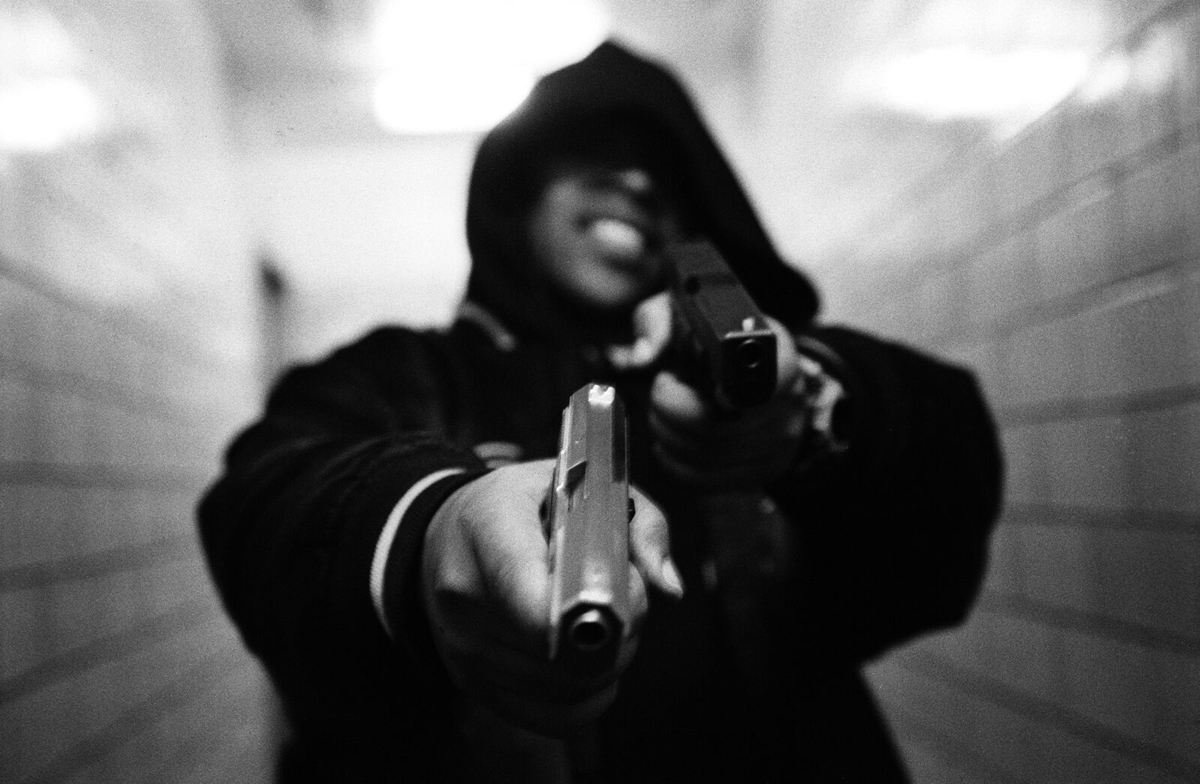13 New York Street Photographers Profiled in “Everybody Street”
We speak with director Cheryl Dunn about her documentary
Directed by Cheryl Dunn, the fascinating documentary “Everybody Street” follows 13 iconic NYC photographers including Martha Cooper, Jill Freedman, Mary Ellen Mark, Jamel Shabazz, Ricky Powell and Boogie. The film explores the allure, danger and pleasure of street photography in an arresting way—all helmed by Dunn’s vision and curiosity. Evident is the beauty and joy of capturing un-staged and unrepeatable split-seconds of action, something rather unique to the art of street photography. In light of its availability on Netflix and iTunes, we spoke with Dunn to get further at the film’s heart.
Can you tell us a little about the film’s title—how did you decide on it?
The title is democratic in nature—anyone can participate in street photography. Film is like a portal. I was very interested in the history of photography and I had 90 minutes to say something. I needed to include artists who had 60, 70 year careers.
Street is one of the most difficult (at times, dangerous) genres of photography. Why do you think that is?
Because there is a lot of chance involved and you have to put in the time to get good at it. It is a very democratic medium. That is why I like it.

Rebecca Lepkoff and Mary Ellen Mark have passed away since the film’s release. How do you feel they would want to be remembered?
Rebecca Lepkoff (who was 98 years old) and Mary Ellen Mark (who was 75) both were super strong, groundbreaking female artists. I always say Rebecca was so punk-rock for her time by breaking all the rules for women. Mary Ellen just went after every assignment, constantly pitched stories and aggressively pursued the subjects that interested her. She would go incredibly deep, and it showed in the undeniable power of her work. I feel that they would want to be remembered through the work and know that their photographs move people by making them laugh, cry and understand something.

Does gender play a large role in street photography?
In my film, I definitely asked them about the disadvantages and advantages of being a woman in documentary photography. Mary Ellen told me, “There are bad things and good things about being a woman, but I can walk down the street and knock on a door and someone will let me in. I’m less threatening than a man.” I like that notion of “being let in,” because it is a very true statement and being “in” is where you want to be as a photographer.

What do all the photographers in your film have in common?
They are certainly non-judgmental, curious observers. They all have an appreciation for the crazy uniqueness of people and possess the passion to make it their life’s work to portray that photographically.
Do you have a favorite image?
Yes, the Robert Frank image “Pedestrian Crossing Center White Line on 34th Street, New York 1948.” That picture just takes the street and makes it a beautiful abstract composition. It is literal and abstract at the same time. I think that defines street photography to me.
Images courtesy of respective artists and Cheryl Dunn



















